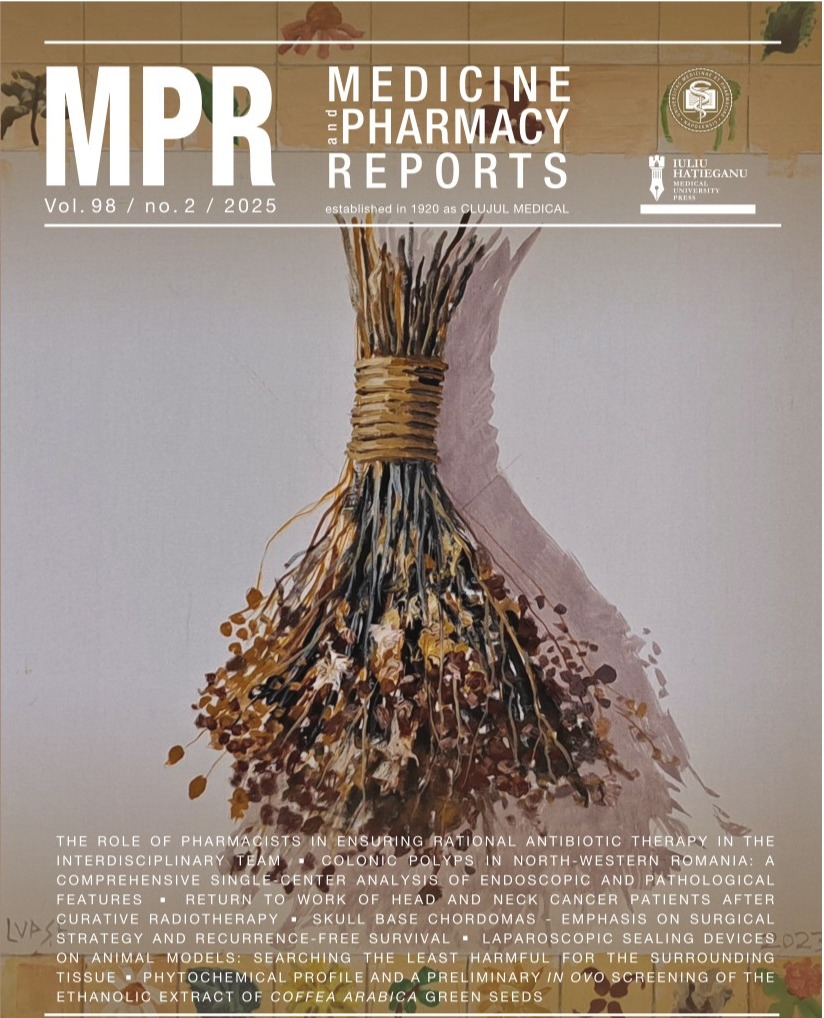Physician migration in Romania: a study on the emigration preferences within the Cluj County healthcare system
DOI:
https://doi.org/10.15386/mpr-2721Keywords:
medical migration, healthcare system, healthcare professionals, strategiesAbstract
Introduction. Medical migration represents the movement of healthcare professionals from one country to another. The migration of Romanian doctors has evolved as a captivating and diverse phenomenon in the complex framework of global healthcare. As Romania struggles with its healthcare issues, many of its experienced medical personnel travel to foreign areas, lured by various factors ranging from economic concerns to the desire to gain clinical experience. The aim of this study is to elucidate the dynamics of this migratory phenomenon among physicians from Cluj County, Romania, between 2017 and 2022.
Methods. This retrospective study was performed between 2017 to 2022, and it was based on data from Cluj County Romanian College of Physicians, which included 571 specialist and consultant physicians from Cluj County who permanently migrated to other countries.
Results. Between 2017 and 2022, a total of 571 physicians permanently migrated from Cluj, Romania, to various other countries. Analysis of the gender distribution among these emigrants reveals a predominant female presence (58.1%) and a trend toward younger emigrating physicians, predominantly those under 30 years. In terms of professional specialties, Anesthesia and Intensive Care, as well as General Medicine/Family Medicine, are the most represented specialties, constituting 11% and 9.1% of the emigrating physicians, respectively. There was a declining trend from 2017 to 2021, followed by an upward trend in 2021.
Conclusions. Medical migration significantly impacts Romania’s Cluj County healthcare, intensifying workforce shortages and possibly in the future compromising patient care. Failure to address this may perpetuate systemic vulnerabilities, hindering optimal healthcare provision and necessitating some reforms for resilience and sustainability.
Downloads
Published
How to Cite
Issue
Section
License
The authors are required to transfer the copyright of the published paper to the journal. This is done by agreeing to sign the Copyright Assignment Form. Whenever the case, authors are also required to send permissions to reproduce material (such as illustrations) from the copyright holder.

The papers published in the journal are licensed under a Creative Commons Attribution-NonCommercial-NoDerivatives 4.0 International License.

